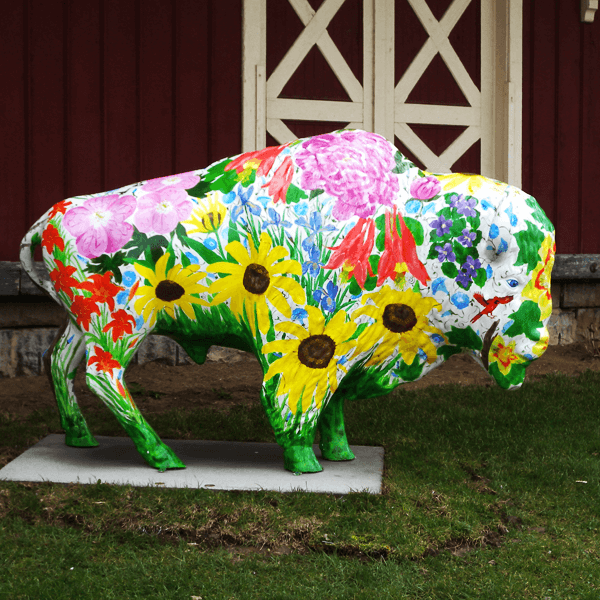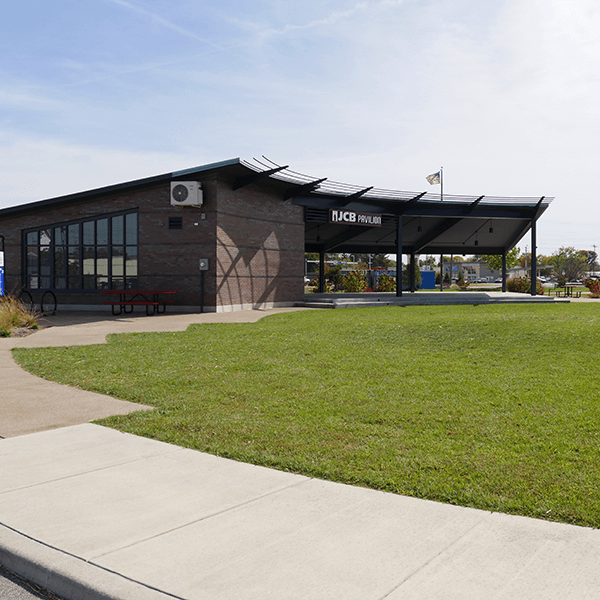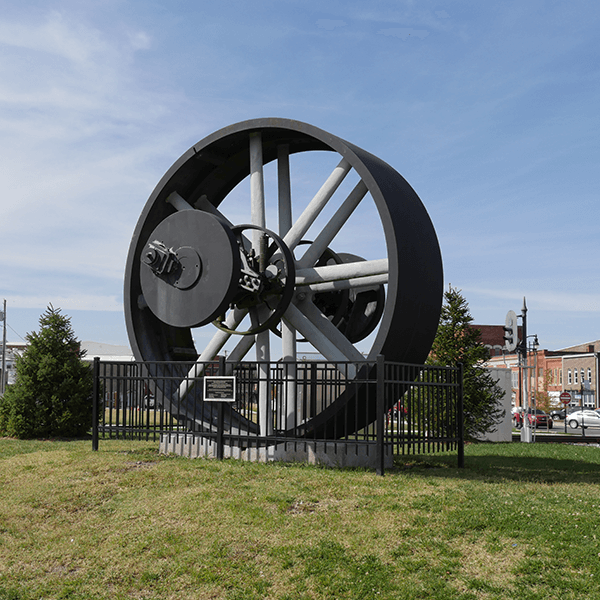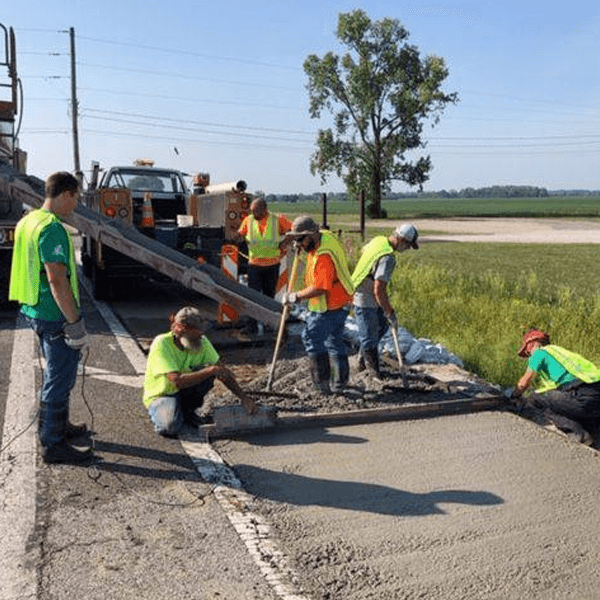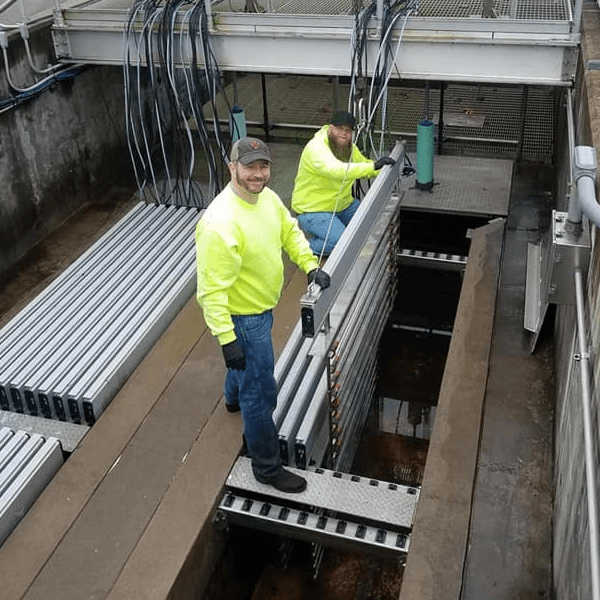Indiana Invasive Species
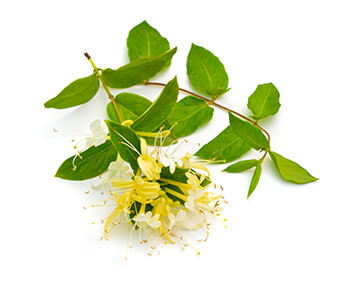 An invasive species is a non-native species (including seeds, eggs, spores, or other propagules) whose introduction causes or is likely to cause economic harm, environmental harm, or harm to human health. The term "invasive" is used for the most aggressive species. These species grow and reproduce rapidly, causing major disturbance to the areas in which they are present.
An invasive species is a non-native species (including seeds, eggs, spores, or other propagules) whose introduction causes or is likely to cause economic harm, environmental harm, or harm to human health. The term "invasive" is used for the most aggressive species. These species grow and reproduce rapidly, causing major disturbance to the areas in which they are present.
Things to know about invasive species:
- Invasive species, if left uncontrolled, can and will limit land use now and into the future.
- The longer we ignore the problem the harder and more expensive the battle for control will become.
- Invasive species can decrease your ability to enjoy camping, hiking, boating and other outdoor recreational activities.
Click here to learn more about Indiana Invasive Species
About an Invasive Species - Emerald Ash Borer
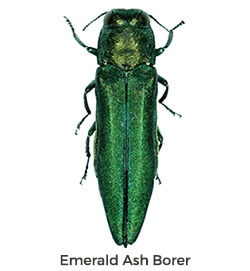 The Emerald Ash Borer is an exotic beetle that was discovered near Detroit, Michigan in the summer of 2002. The adult beetles nibble on ash foliage but cause little damage. The larvae (the immature stage) feed on the inner bark of ash trees, disrupting the tree's ability to transport water and nutrients. Emerald ash borer probably arrived in the United States on solid wood packing material carried in cargo ships or airplanes originating in its native Asia.
The Emerald Ash Borer is an exotic beetle that was discovered near Detroit, Michigan in the summer of 2002. The adult beetles nibble on ash foliage but cause little damage. The larvae (the immature stage) feed on the inner bark of ash trees, disrupting the tree's ability to transport water and nutrients. Emerald ash borer probably arrived in the United States on solid wood packing material carried in cargo ships or airplanes originating in its native Asia.
Since its discovery, the Emerald Ash Borer has:
- Killed hundreds of millions of ash trees in North America.
- Caused regulatory agencies and the USDA to enforce quarantines and fines to prevent potentially infested ash trees, logs or hardwood firewood from moving out of areas where the beetle occurs.
- Cost municipalities, property owners, nursery operators and forest products industries hundreds of millions of dollars.



